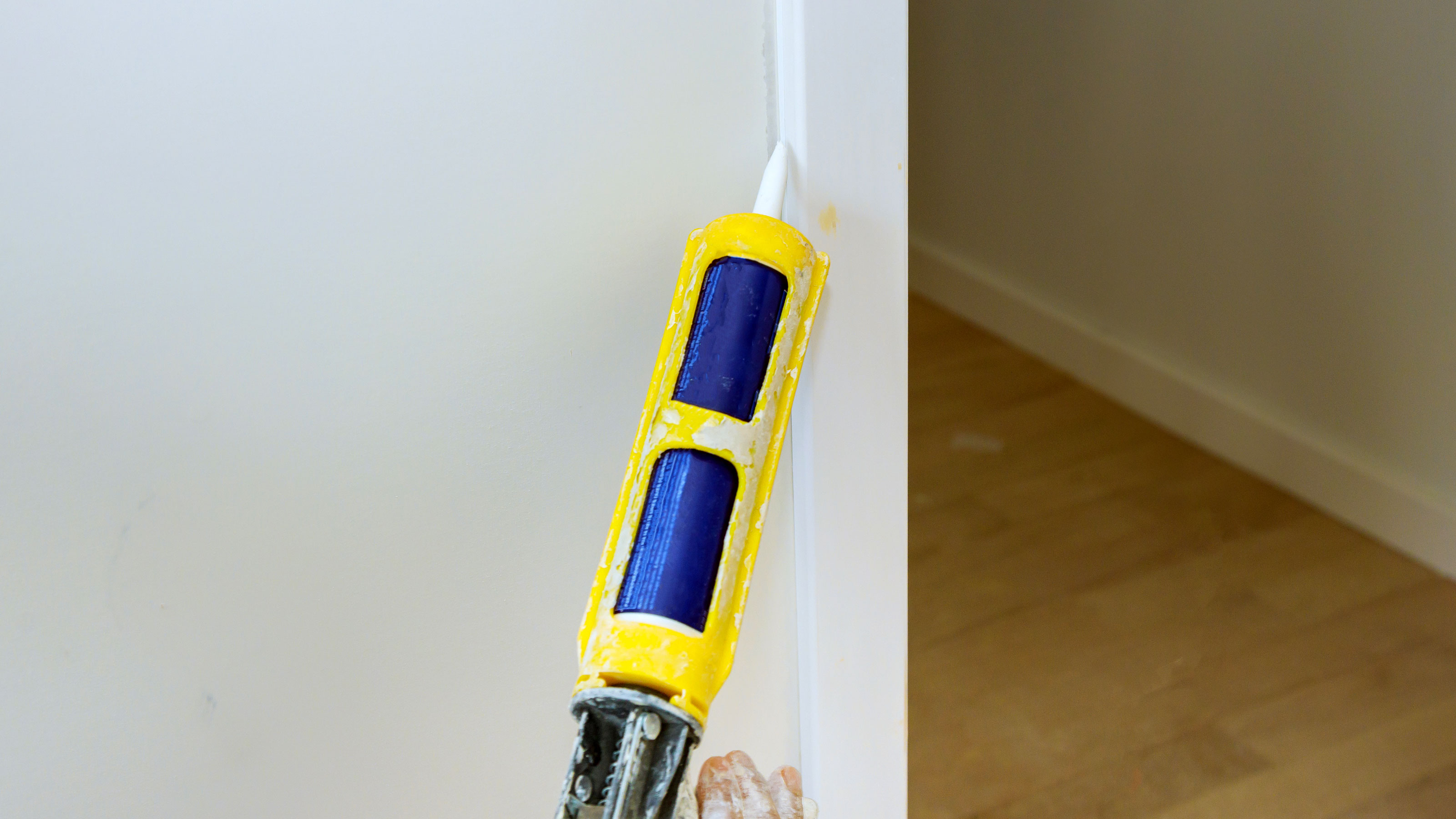Understanding the Importance of Order

In the realm of bathroom renovations, the seemingly simple act of caulking and painting often sparks debates about the optimal order of operations. While both tasks are crucial for achieving a polished and functional bathroom, the sequence in which they are performed can significantly impact the final outcome. Failing to prioritize caulking before painting can lead to a range of issues, from unsightly blemishes to compromised durability.
The Importance of Caulking First
The primary reason for caulking before painting is to create a moisture-resistant barrier that protects the painted surface. Bathrooms are inherently humid environments, making them susceptible to moisture damage. Caulking acts as a sealant, preventing water from seeping into cracks and crevices, where it can cause mold growth, peeling paint, and structural deterioration.
- Preventing Moisture Penetration: Caulking fills gaps and cracks, creating a continuous seal that prevents water from penetrating the underlying surfaces. This is particularly crucial in areas prone to splashing, such as around the bathtub, shower, and sink.
- Protecting the Painted Surface: When caulking is applied after painting, the sealant can trap moisture beneath the paint, leading to peeling, bubbling, and discoloration. This can necessitate costly repairs and repaintings.
- Maintaining a Clean and Hygienic Bathroom: Moisture trapped beneath the paint can create a breeding ground for mold and mildew, compromising the air quality and hygiene of the bathroom. Caulking prevents this by creating a barrier that keeps moisture out.
Caulking First

Caulking before painting is a smart strategy that offers several advantages, particularly in a bathroom where moisture and humidity are prevalent. By addressing potential gaps and cracks before applying paint, you create a smoother, cleaner surface that prevents moisture from seeping in and causing damage. This proactive approach also helps prevent mold growth and ensures a more durable paint finish.
Caulking Techniques for Bathroom Fixtures and Seams
Caulking is essential for creating a watertight seal around bathroom fixtures and seams, preventing leaks and ensuring a clean, finished look. Choosing the right caulk is crucial for achieving a successful outcome.
Use a mildew-resistant caulk specifically designed for bathrooms.
- Silicone Caulk: This flexible and durable option is ideal for sealing around tubs, sinks, and showers. It is highly resistant to moisture and mildew.
- Acrylic Caulk: While not as moisture-resistant as silicone, acrylic caulk is easier to apply and clean up, making it suitable for minor gaps and cracks. It is also paintable, allowing you to match the caulk to the surrounding surfaces.
- Butyl Caulk: This highly adhesive and flexible caulk is a good choice for sealing around windows and doors. It is also resistant to UV rays, making it suitable for exterior applications.
Applying Caulk Effectively, Caulk or paint first bathroom
Applying caulk effectively requires precision and a few essential tools. Here’s a step-by-step guide:
- Prepare the Surface: Clean the area thoroughly to remove dirt, debris, and any existing caulk. Allow the surface to dry completely.
- Apply Caulk: Cut the caulk tube at a 45-degree angle and insert the nozzle into a caulk gun. Apply a smooth, continuous bead of caulk, ensuring it fills the gap completely.
- Smooth the Caulk: Use a damp finger or a caulk tool to smooth the caulk, removing any excess and creating a clean, even finish.
- Allow to Cure: Allow the caulk to cure completely according to the manufacturer’s instructions. This typically takes 24 hours.
Painting After Caulking: Caulk Or Paint First Bathroom

The moment you’ve been waiting for: painting your bathroom! But before you grab your brush, remember that proper timing is key. Just like a good cake needs time to cool, your caulk needs time to fully cure. This ensures a smooth, long-lasting paint job that won’t crack or peel.
Choosing the Right Paint
Choosing the right paint for your bathroom is crucial, especially considering the constant presence of moisture.
- Acrylic Latex Paint: This is a popular choice for bathrooms due to its durability, moisture resistance, and ease of cleaning. It dries quickly and comes in a wide range of colors.
- Epoxy Paint: Known for its exceptional moisture resistance, epoxy paint is a great option for areas prone to high humidity, like shower stalls and tubs. However, it requires careful preparation and application.
- Oil-Based Paint: While offering excellent durability and moisture resistance, oil-based paint has a strong odor and takes longer to dry. It’s often preferred for trim and cabinets, but less so for walls.
Painting Over Caulk Seamlessly
To achieve a professional finish, painting over caulk requires a delicate touch.
- Allow Caulk to Cure: Patience is key! Ensure the caulk is fully cured before painting. This typically takes 24-72 hours, depending on the type of caulk and the room’s temperature and humidity.
- Prime the Caulk: Priming the caulk helps the paint adhere better and creates a smooth surface. Use a primer specifically designed for caulk or a general-purpose primer.
- Use a High-Quality Paintbrush: A good quality paintbrush with soft bristles will help distribute the paint evenly and prevent streaks.
- Paint Thin Coats: Apply thin coats of paint, allowing each coat to dry completely before applying the next. This prevents the paint from becoming too thick and covering the caulk.
- Smooth Out the Paint: Use a damp sponge or a paintbrush to gently smooth out any paint that has pooled around the caulk. This creates a seamless and professional finish.
